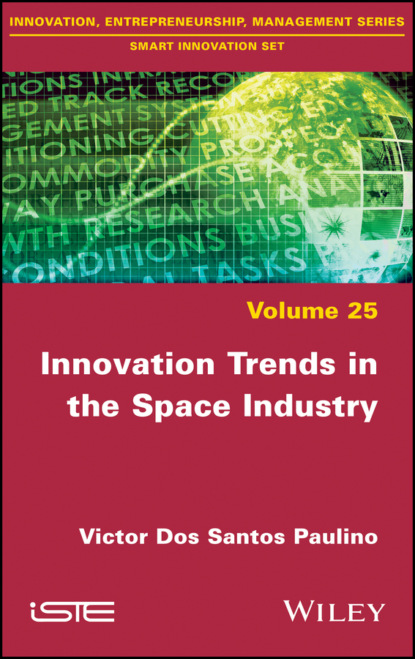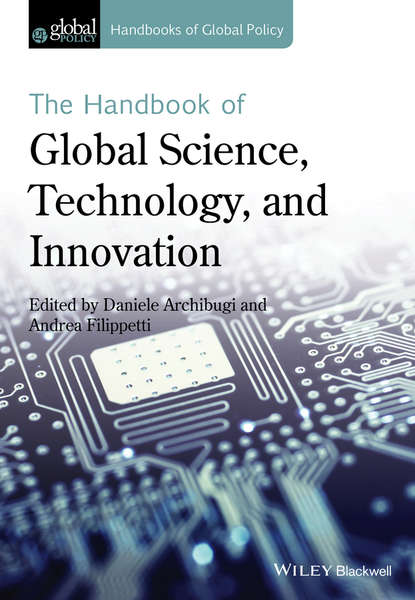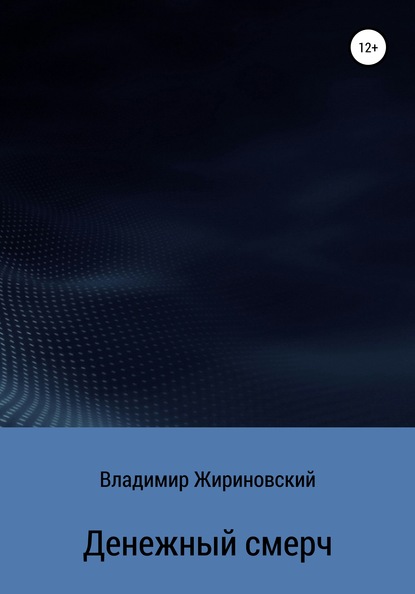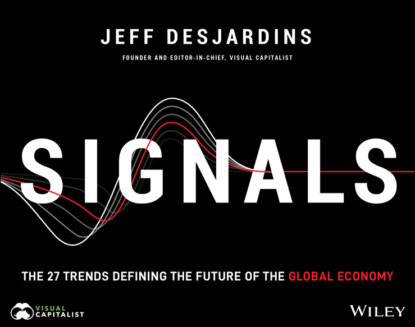В своей книге “Инновационные тенденции в космической отрасли” автор Виктор Дос Сантос Паулино исследует развитие мирового космического сектора, анализируя его долгосрочную эволюцию и изучая причины технологических и организационных задержек, которые иногда испытывает эта инновационная отрасль. Также в книге представлена основа для точного диагностирования потенциальных технологических угроз, с которыми сталкиваются существующие производители космической техники. Кроме того, книга с экономической точки зрения предоставляет подробный анализ космической отрасли и способствует обогащению теории управления инновациями, помогая нам лучше понимать, как она формируется под влиянием клиентов, интерпретировать технологическую и организационную инерцию в высокотехнологичных отраслях и понять, какие факторы влияют на развитие космической индустрии.
Электронная Книга «Innovation Trends in the Space Industry» написана автором Victor Dos Santos Paulino в году.
Минимальный возраст читателя: 0
Язык: Английский
ISBN: 9781119694816
Описание книги от Victor Dos Santos Paulino
Ever since their inception, space activities have been innovative, but not driven by commercial considerations – that is, until the end of the Cold War, when the commercialization of space escalated. As a result, the direction of the innovation changed in order to leverage new business opportunities, which reached a turning point in the 2010s. This book discusses the developmental trends of the world space sector in detail, by analyzing their long-term evolution, and studying why this innovative industry sometimes experiences technological and organizational delays. Innovation Trends in the Space Industry also provides a framework to diagnose more accurately the potential technological threats that are currently faced by existing space tech manufacturers. Moreover, this book, with an economic perspective, provides a close examination of the space sector. It also contributes to enriching innovation management theory by leading us to better understand industry emergence shaped by customers, to reinterpret technological and organizational inertia in high technology activities, and to refine disruptive innovation trends.



















